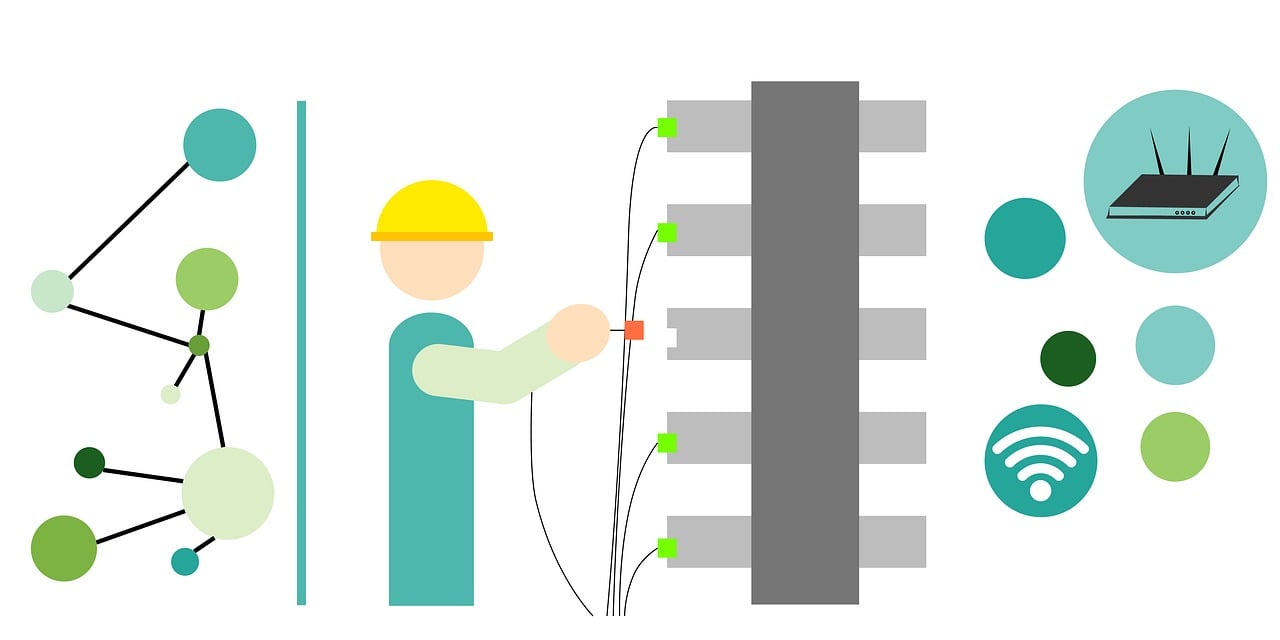Unraveling RTMP: The Foundation of Streaming Media
Introduction
In our increasingly digital age, with the explosive growth of video content and live streaming, understanding the underlying technologies that make such media delivery possible is beneficial. One technology that often sits quietly behind the scenes is Real-Time Messaging Protocol (RTMP). RTMP is a staple in the streaming industry, and while its use is declining with newer technologies coming up, it's still very much prevalent. Today, we're going to dive into what RTMP is and why it's a crucial piece of the streaming puzzle.
What is RTMP?
Real-Time Messaging Protocol, or RTMP, is a protocol designed for the efficient transmission of audio, video, and data between a server and a client. Adobe Systems initially developed it for streaming audio, video, and data over the Internet, between a Flash player and a server. It operates on top of the TCP/IP suite and maintains persistent connections to ensure low-latency communication. In simpler terms, RTMP enables high-speed transmission of media content to your device, ensuring you can stream videos or music in real-time.
How Does RTMP Work?
RTMP has two primary components: a server, which stores the media, and a client, which accesses and presents the media to the end user. The client and server communicate through persistent connections, which means they stay open, allowing for continuous data flow. RTMP functions using three different streams for communication, video, audio, and data (metadata). This protocol enables data to be delivered at a swift rate, allowing users to watch videos or listen to music without interruption or buffering.
Why is RTMP Important?
With RTMP's low-latency delivery of audio, video, and other data, it played an instrumental role in the rise of streaming platforms. It allows for real-time communication, enabling live streaming events such as webinars, live sports broadcasts, and social media live streams. It provides broadcasters with the ability to deliver real-time experiences to their audience across the globe.
Moreover, RTMP's capability to maintain persistent connections between server and client makes it a reliable choice for long, uninterrupted streaming sessions. Its data delivery mechanism ensures that even in challenging network conditions, the user experiences minimal buffering.
The Decline of RTMP and the Rise of Modern Protocols
While RTMP has been a significant player in the streaming industry, it has been gradually phased out due to the introduction of modern streaming protocols. Since RTMP is dependent on Flash technology, which Adobe discontinued at the end of 2020, streaming platforms have started transitioning to more modern, efficient, and secure streaming protocols like HTTP Live Streaming (HLS) and Dynamic Adaptive Streaming over HTTP (DASH).
However, even with the emergence of new technologies, RTMP still plays a role in the early stages of the streaming process. Many broadcasters use RTMP to ingest or deliver the content to the server before it gets repackaged into HLS or DASH for distribution to the end users. Thus, while RTMP's role has changed over the years, it's still a part of the streaming landscape.
Conclusion
RTMP's ability to deliver high-quality streaming content in real-time has made it a mainstay in the broadcasting industry for years. As we transition into an era of even more advanced and efficient protocols, RTMP's role is shifting but still relevant. While it may no longer be the final step in the streaming process, its importance in content delivery and live streaming continues to be recognized. In the realm of streaming media, understanding RTMP provides valuable insight into the mechanics of real-time media delivery, adding another piece to the puzzle of our interconnected digital world.
















